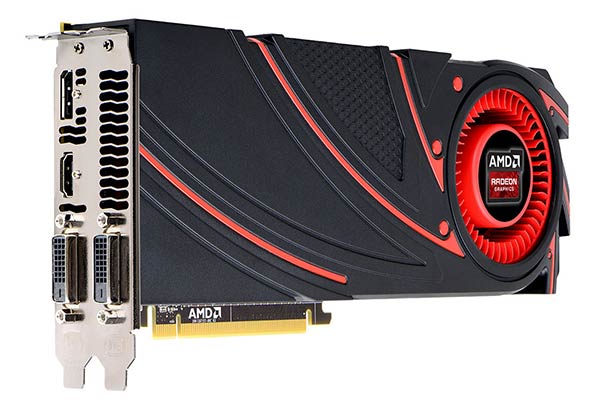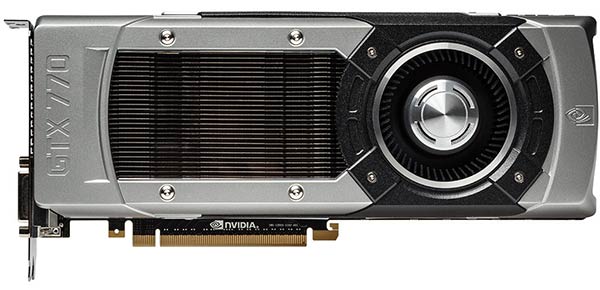In its latest market research findings, published today, Jon Peddie Research highlights the growing demand for graphics chips for PCs. The latest quarter under the microscope is Q4 2013 and it was the second quarter in a row with an upswing in demand for graphics chips evident. While this is good for the GPU market the increased GPU shipments didn't translate to more sales for AMD's components in this arena.

The key findings in the new research paper are that sales of PC GPUs were up 1.6 per cent compared to the previous quarter (Q3 2013) and up 2 per cent year-on-year. Looking specifically at GPUs sold into the desktop PC market sales were up an even more encouraging 3 per cent compared to the previous quarter.

Sitting on the wrong side of the popularity seesaw, AMD actually saw overall unit shipments decrease by 10.4 per cent compared to the previous quarter while Intel and Nvidia total shipments gained 5.1 per cent and 3.4 per cent respectively. Looking more closely at the figures behind AMD's headline slip – it was mostly due to lack of notebooks carrying its APUs and also poor shipments of notebooks using its discrete graphics chips. The red team actually sold 1.8 per cent more graphics chips to the desktop PC market compared to the previous quarter. Nvidia and Intel both saw gains in notebooks and in desktop PCs.
Looking at another metric analysed by Jon Peddie, the 'attach rate' of GPUs to PCs, it was observed that 34 per cent of PC shipped during the quarter had discrete graphics. Another data morsel revealed was that the overall PC market increased by 1.8 per cent from the previous quarter but it was down a significant 8.5 per cent year on year.

Gaming PCs were again identified as a bright spot in the market. The new research estimates that between 2013 and 2017 the PC gaming market will feel very few symptoms of the PC 'slowdown', decreasing just 1.3 per cent in this five year period. Right now we may be seeing the market bottoming out and positive news picking up, Jon Peddie thinks.
Please note that all the figures and shipments don't include handhelds, smartphones, x86 Servers or ARM-based Tablets like the iPad, however the figures do include x86 tablets and ChromeOS devices.













